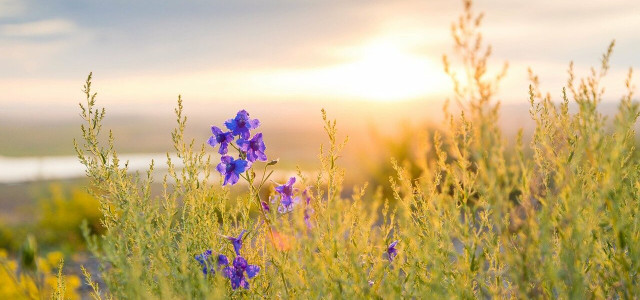Ecological succession is a classical concept in the field of ecology that describes how plants and animals in an environment change over time.
Ecological succession is a key concept in the field of ecology. It refers to the process in which a biological community — the plants and animals that live and interact in a specific environment — undergoes a series of structural changes over time.
The internal conditions of a biological community, made up of a diverse set of species of plants and animals, will change due to external forces of the environment. Great changes are caused by disturbances: natural or human-caused events —like forest fires, floods, earthquakes, or oil spills. Those will drastically alter the landscape of an environment, or otherwise cause great stress and damage to the biological community, changing its composition.
Although disturbances may wipe out entire populations of species, the altered environment will open the space for other species to re-colonize the new landscape.
Let’s look at some examples of ecological succession and learn the difference between primary succession and secondary succession.
Primary Succession and Pioneer Species
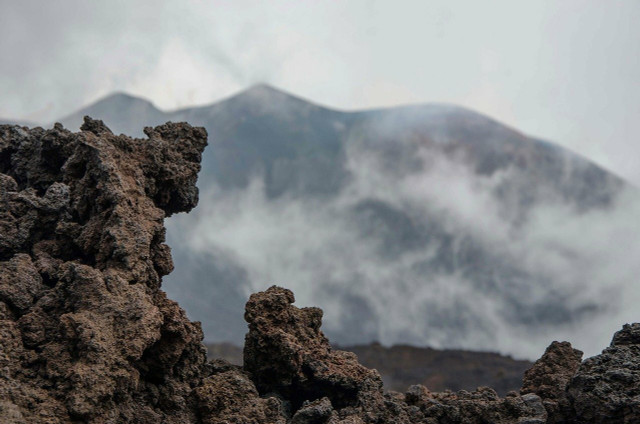
(Foto: Source: CC0 / Pixabay / Pixaline)
New rock is formed around a volcanic island when molten lava flows into the seawater. This land will be entirely barren until bacteria from the sea wash up onto the rock, allowing for lichen and moss to colonize the island’s new land.
Moss and lichen are known as pioneer species because they’re the first life forms to colonize a previously lifeless environment (like new land on a volcanic island). Their dominance on the rock can be understood as one stage, or structure, in an evolving process of many ecological successions that the environment will undergo. When enough lichens colonize the rock over time, their decomposition will slowly but surely turn the rock into fertile soil, allowing for other species to come in and re-colonize the land — staging another structural change to the biological community and constituting a secondary succession.
To clarify, primary succession refers to the very first colonization of a previously lifeless environment by plant life. Secondary succession refers to the re-colonization of an environment made possible by either a primary succession of first-plant pioneers (like moss and lichens) or, as we’ll see, the species clearing and soil re-fertilizing disturbance of events like a forest fire.
Secondary Succession: Re-Colonialization of an Environment
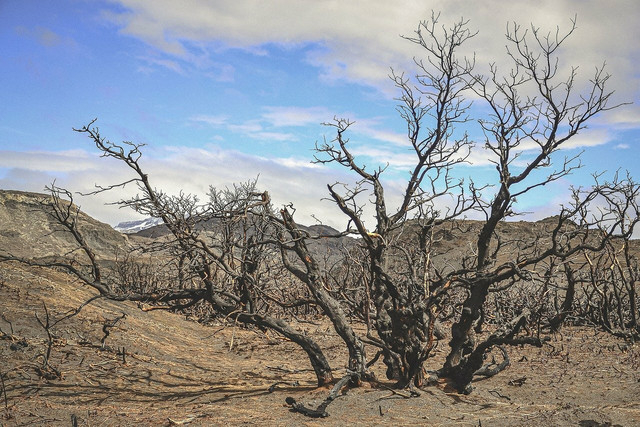


(Foto: Source: CC0 / Pixabay / hunt-er)
Secondary succession comes about when a species re-colonizes an environment that is changed due to a disturbance. For example, when a fire burns down a forest, just about the entire biological community will be destroyed. Although the burnt forest may remain relatively lifeless for many years, the dead forest’s soil is made more mineral-rich due to the added carbon from the burnt wood and decomposed biological matter, and extra sunlight. This mineral-rich soil will support an ecological succession of a new pioneer species, like herbs and shrubs, whose seeds get blown in by the wind or dropped by birds flying overhead.
These new pioneers species, the herbs, and shrubs will foster the growth of another stage of ecological succession made up of birds and insects that come to thrive off of the environment’s new external factors (the food and shelter provided by the populations of pioneers species).
Climax Communities and Ecological Succession
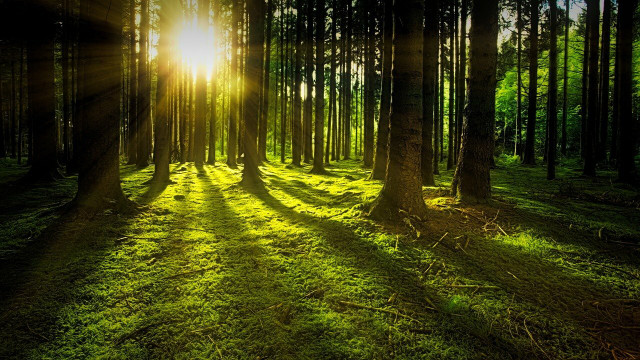


(Foto: Source: CC0 / Pixabay / jplenio)
You can think of a climax community as a stable biological environment, due in part to the diversity of the species and the unchanging nature of the landscape.
An example of a climax community is a forest whose tall trees have created a canopy, the physical structure of which determines what plants and animals will be able to grow and thrive in the forest. The herbs and shrubs that pioneer a burnt forest can do so not only because sunlight is no longer blocked from hitting the floor by a forest canopy.
Climax communities are possible in part due to environmental stability. A healthy forest environment can be home to more or less the same species of plants and animals because the physical landscape has remained the same, and because the dynamic interactions of the diverse biological community sustain itself.
Disturbances of Ecological Succession: Natural or Human-Caused



(Foto: Source: CC0 / Pixabay / catmoz)
Events like forest fires, floods, and earthquakes are known as disturbances. By drastically altering the environmental landscape, these events break up the dynamic life-sustaining interactions between the biological community and its physical surroundings.
Keep in mind that the concept of ecological succession underpins the theory of ecological succession. There is wide debate among ecologists today about exactly which forces structure and stage the evolution of an environment’s biological community.
In one aspect, the theory of ecological succession describes how biological communities naturally return, so to speak, after natural disasters. As the world’s natural environments continue to change due to the interaction of humans with the environment, however, our historical age is increasingly being viewed as an anthropocene. This term refers to a geological epoch ushered in by human’s far-reaching agricultural, cultural, industrial, and imperial endeavors such as atomic energy and weapons production, mass deforestation, and sea spoiling oil spills. As humans continue to increasingly mesh with and mash through the natural world, identifying the structures and stages of the evolution of biological communities may become even more unclear.
Human Impact on Ecological Succession
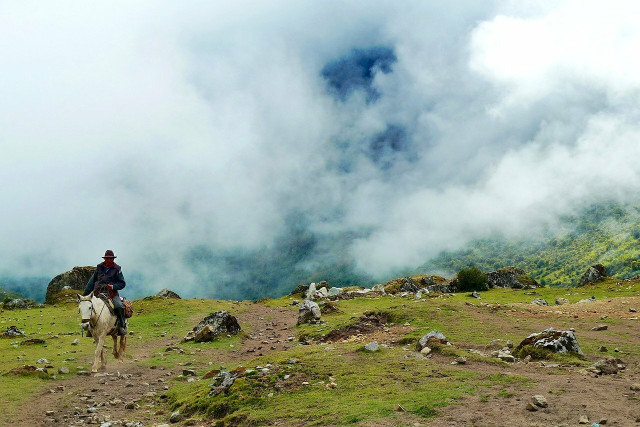


(Foto: CC0 / Pixabay / Free-Photos)
Humans society, to some extent, are thought of as a kind of dominator species that maintains a climax community by design. For example, think of a gardener or a caretaker of a lawn. Because the human wants to have a pristinely green and prim patch of grass, they will use weed killer and other forces to prevent invasive plants species we call weeds from pioneering their patio.
If we consider how lawn care prevents ecological succession, then we imagine how huge the human impact on ecological succession in innumerable environments over the world really is.
Humans like custodians of natural lands in Patagonia, however, also play crucial roles in protecting various climax communities — mostly due to their communication with other humans to not disturb the environment through agriculture, tourism, or industry.
Aldo Leopold's Land Ethic
Let conclude this overview of ecological succession with some wise words from Aldo Leopold, a 20th-century philosopher, ecologist, and environmentalist whose 1949 A Sand County Almanac introduced the notion of a land ethic — the responsibility that humans have toward maintaining the ecosystem that nurtures their world:
“The outstanding scientific discovery of the twentieth century is not television, or radio, but rather the complexity of the land organism. Only those who know the most about it can appreciate how little we know about it. The last word in ignorance is the man who says of an animal or plant: “What good is it?” If the land mechanism as a whole is good, then every part is good, whether we understand it or not.”
– Aldo Leopold, A Sand County Almanac (1949)
Read On
- What Is a Forest? Describing Our Most Important Ecosystems
- Human Environment Interaction: Definition & Examples
- The Gaia Hypothesis: What Does It Mean for Life on Earth?
Do you like this post?






